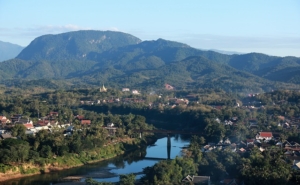 Since its creation out of the remnants of French Indochina, Laos has been at the forefront of conflict. Although poverty is declining in Laos, with the poverty rate dropping to 18% in 2019 from 25% in 2013, the Lao people are still in desperate need. Some NGOs are improving conditions on the ground in Laos.
Since its creation out of the remnants of French Indochina, Laos has been at the forefront of conflict. Although poverty is declining in Laos, with the poverty rate dropping to 18% in 2019 from 25% in 2013, the Lao people are still in desperate need. Some NGOs are improving conditions on the ground in Laos.
5 NGOs Fighting Poverty in Laos
- CARE – In Laos, CARE collaborates with civil society to create policies and strategies to combat gender-based violence, enhancing the ability of women and ethnic minority farmers to anticipate better and respond to risks and opportunities due to climatic shocks. The organization also works to improve food and nutrition security among rural households and produces sustainable agricultural outcomes at the village and household levels.
- Oxfam – Since Oxfam began operations in Laos at the end of the 1980s, its partnerships have substantially changed. Their objective is to assist Laos in becoming an open, just society where vulnerable women and men can participate in its development and exercise their rights to sustainable development. Since the opening up of civil society, Oxfam has supported its partner groups more in their efforts to increase citizen involvement in decisions that impact their lives. To provide disadvantaged populations with a means of subsistence, Oxfam collaborates with Lao government organizations and local authorities.
- UNICEF – The UNICEF Health and Nutrition program works at the national and sub-national levels to ensure that high-impact child survival interventions are reflected in national policies and budgets and reach all children and their families, especially the most vulnerable and disadvantaged. UNICEF assists the Lao Government of Lao PDR in ensuring that all children have access to effective, secure and long-lasting immunization services. The elimination of measles, maternal and neonatal tetanus and sustaining the polio-free status are all national goals supported by UNICEF. Additionally, UNICEF works with the Ministry of Health of Lao PDR to improve health systems to deliver high-impact child survival and development interventions in communities and facilities. These interventions include postnatal newborn care, early initiation and exclusive breastfeeding, immunization and providing ORS/zinc to treat diarrhea.
- World Bank – The World Bank formed the Poverty Reduction Fund (PRF) in 2002. It intends to provide access to local services and infrastructure while giving the villages more control over project planning and execution. Since the PRF’s creation, the World Bank has contributed to broadening the range of sponsored initiatives benefiting 1.2 million people to date. Overall, the project emphasizes livelihood projects, market accessibility and the production and consumption of various wholesome meals, especially for expectant mothers and small children.
- World Education – Through projects in education, disability inclusion, economic development, mine action and health in Laos, World Education has been committed to empowering and transforming communities, families and individuals since 1992. World Education creates these programs to enhance self-reliance. Families in rural villages now have better means of subsistence, earnings and financial stability, and they can push for the Lao government to develop social protection policies. They have managed savings and credit unions, given start-up grants, held financial literacy training, assisted the rural poor in starting micro businesses and efficiently used financial services through various projects.
These five NGOs in Laos are significantly impacting the fight against poverty. Through their diverse approaches, they are addressing various dimensions of this complex issue and improving the lives of countless individuals.
– Jake Marks
Photo: Flickr
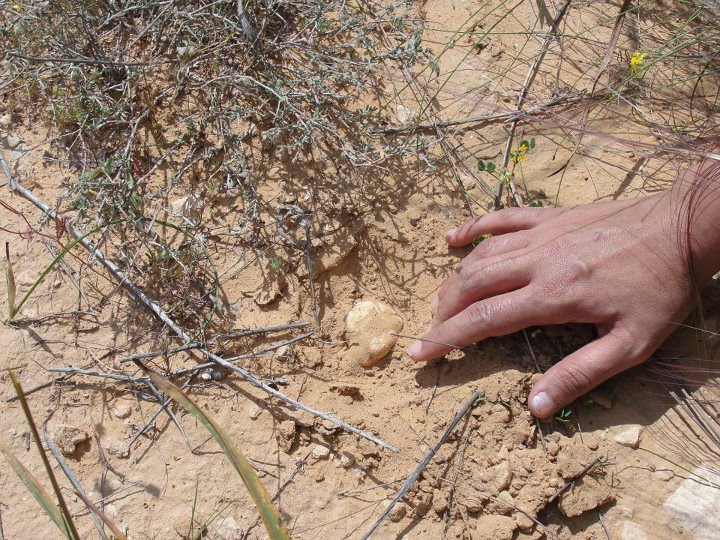
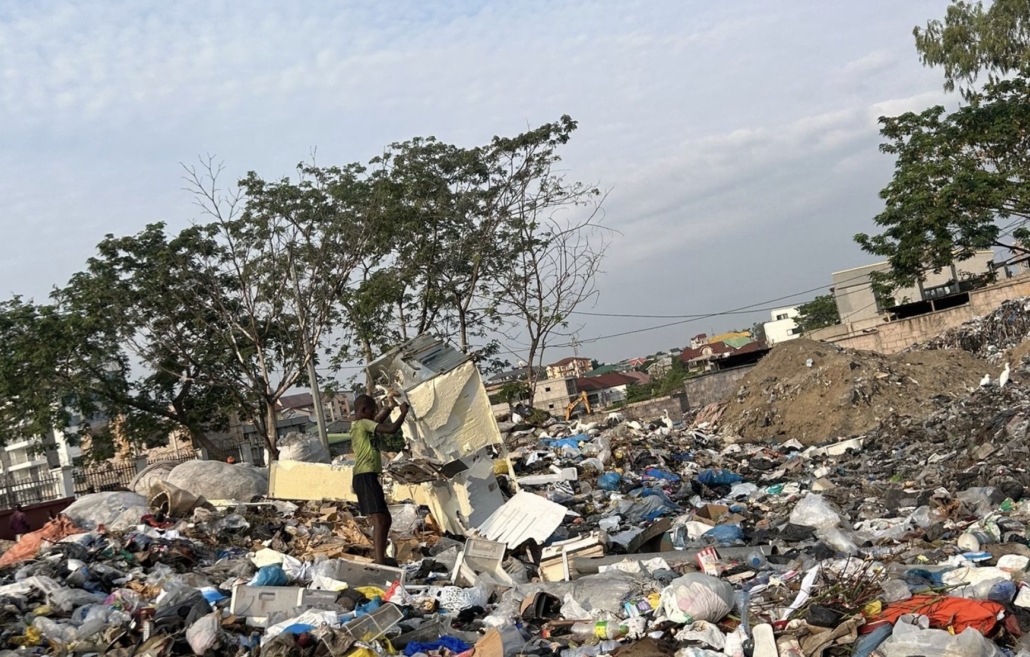 The Democratic Republic of Congo (DRC), despite its vast mineral wealth, faces significant challenges in socio-economic development due to high poverty levels. Political corruption, limited economic opportunities and ongoing conflict all contribute to the persistent poverty in the country. The following is a brief look into the extent and causes of poverty in the DRC.
The Democratic Republic of Congo (DRC), despite its vast mineral wealth, faces significant challenges in socio-economic development due to high poverty levels. Political corruption, limited economic opportunities and ongoing conflict all contribute to the persistent poverty in the country. The following is a brief look into the extent and causes of poverty in the DRC.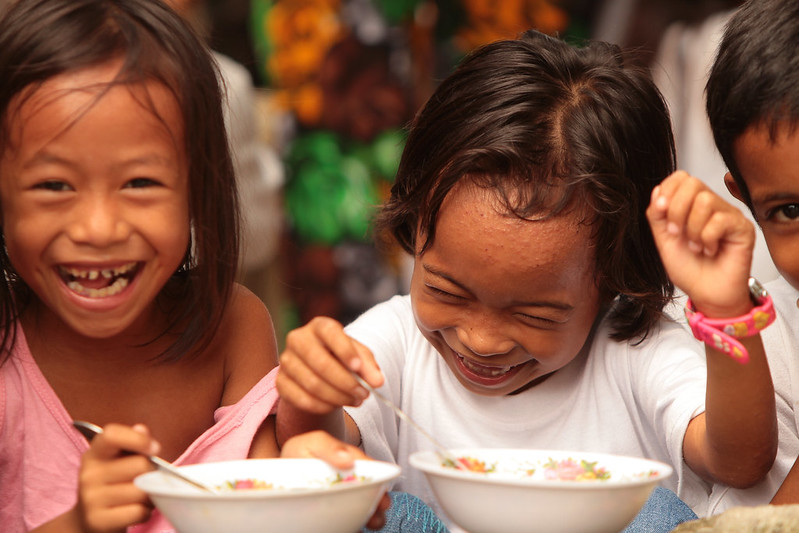 For centuries, famine has been at the forefront of poverty and global health issues in the poorer regions of the world. Around
For centuries, famine has been at the forefront of poverty and global health issues in the poorer regions of the world. Around 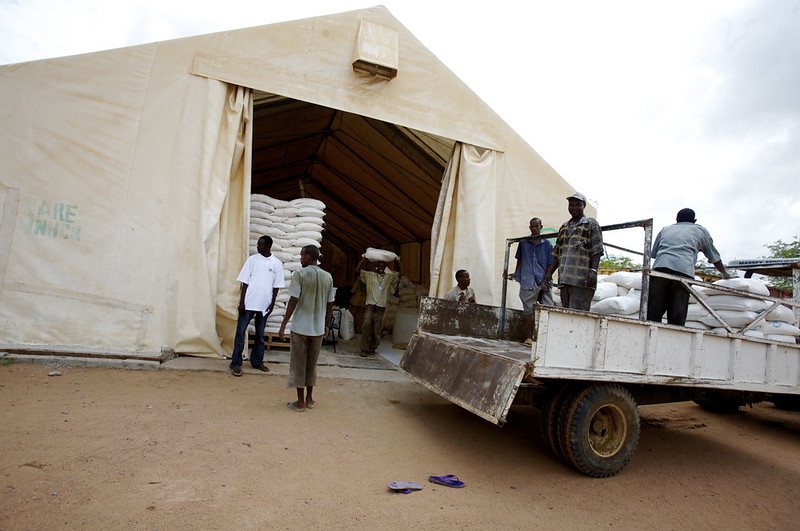

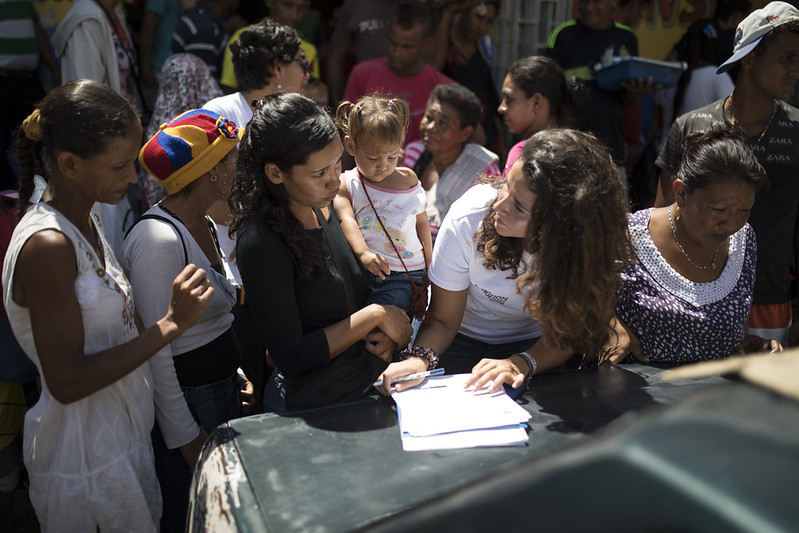 Gender-based violence plagues every country in the world. In some places, gender-based violence is a cultural norm. It is a deeply rooted way of life in which women, particularly, are subjected to physical and structural violence, with less access to economic opportunity and education. The dichotomy between gender-based violence as a private versus a public issue harms many refugees fleeing gender-based violence. Women are vulnerable to danger in their home country, along the migratory path and once they arrive in a destination country. Given that gender is not a
Gender-based violence plagues every country in the world. In some places, gender-based violence is a cultural norm. It is a deeply rooted way of life in which women, particularly, are subjected to physical and structural violence, with less access to economic opportunity and education. The dichotomy between gender-based violence as a private versus a public issue harms many refugees fleeing gender-based violence. Women are vulnerable to danger in their home country, along the migratory path and once they arrive in a destination country. Given that gender is not a 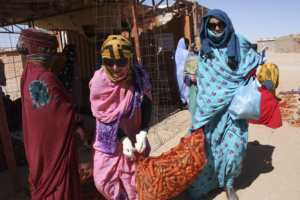 Alergia is one of the largest countries in North Africa, both by size and population. Like any other country, Alergia is not perfect, as the upper middle-income nation has a
Alergia is one of the largest countries in North Africa, both by size and population. Like any other country, Alergia is not perfect, as the upper middle-income nation has a 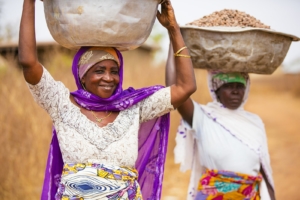 Shea butter, known as “
Shea butter, known as “ The country of Zimbabwe has a population of 14.86 million people as of 2020. Zimbabwe’s poverty rate stood at
The country of Zimbabwe has a population of 14.86 million people as of 2020. Zimbabwe’s poverty rate stood at 